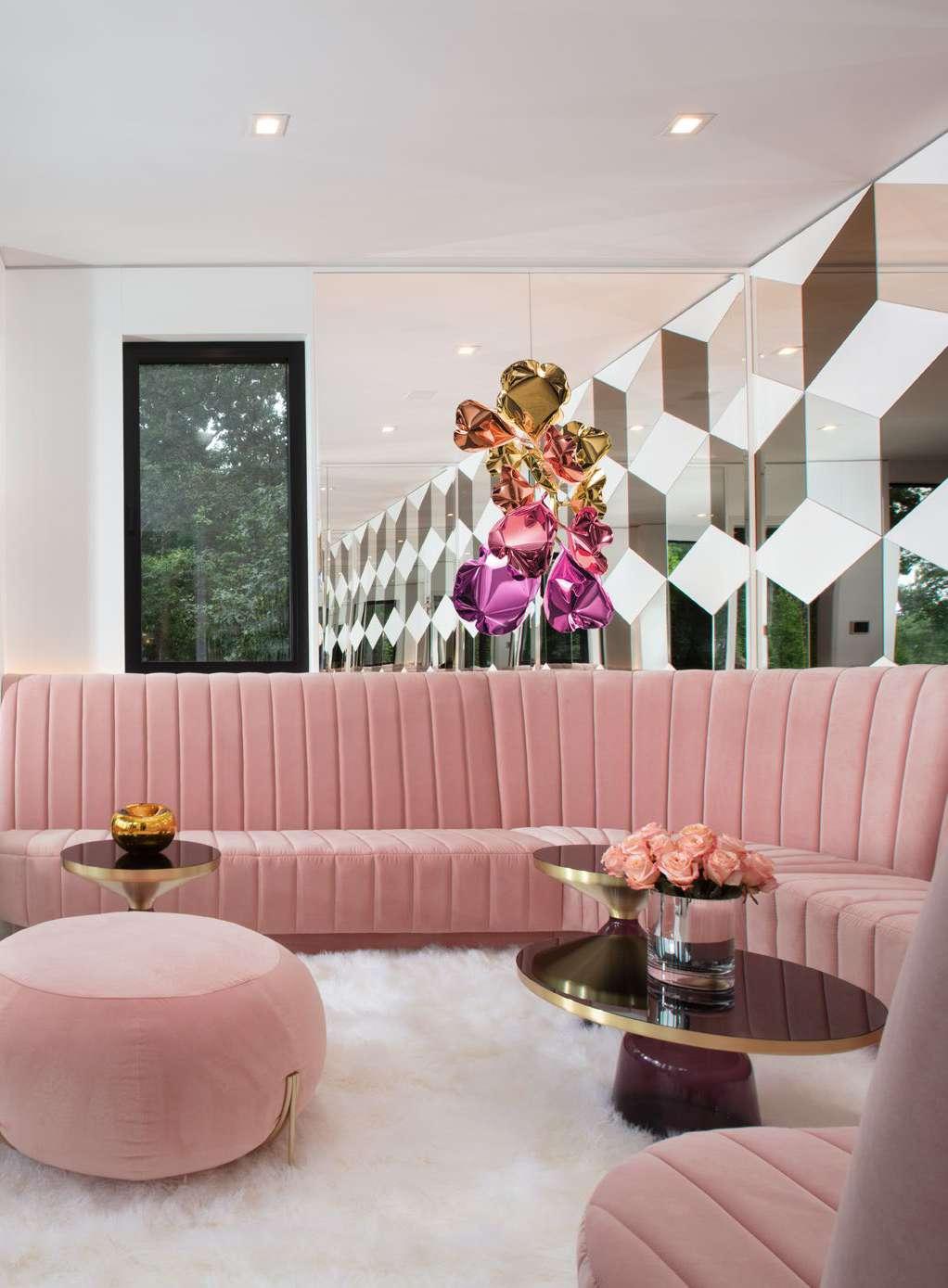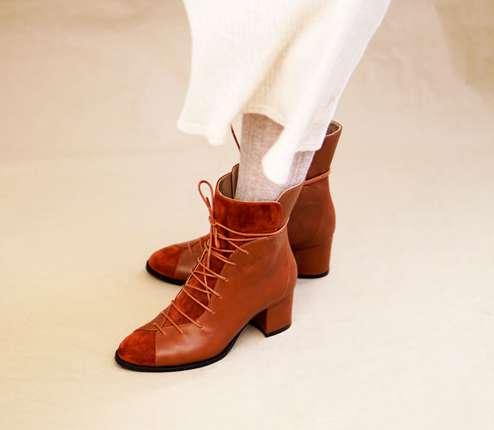
3 minute read
INTERVIEW WITH BRITTO CHARETTE
boundaries. Jay Britto, the other half of Britto-Charette, believes that Instagram is the best way to stay linked to their audience. He states that it was the platform that brought them the most new clients. e way they can curate the pro le allows them to post the best pictures of their projects. Instagram is, however, still an incredible platform to be in touch with the followers and vendors. We are so fortunate to have multiple ultra-luxury projects in progress. e RitzCarlton in Miami Beach is a penthouse project that is just incredible. We are having so much fun designing it and working with our clients. e inspiration for our design was an outdoor space in Palm Springs (unfortunately, it no longer exists) that we loved. – David Charette David believes that, due to technologies and vast communication channels, design has become a bit generic. But it comes to a bright side with it, for David, the generalization of furniture and accessory design comes from a demand for unique, bespoke items that tell a story. And those unique requests always lead David, Jay, and their team into creating incredible, one-of-a-kind projects. ey want to give the clients something no one else in the world has, something unique, like a custom, plaster headboard that has been developed by a skilled artisan for a penthouse project. e studio is excited to be working on new iterations of their WASI home accessories. With a collaboration with GLS Stone Group, the KINSA has been reimagined in stone, and it is being handcra ed in Venice by the Incredible glassmakers. e same glassmakers are making the Sun&Moon Puquios sculptures. Alongside all of thise, they are also working with Kyle Bunting for a rug collab and with ArtSpaceNYC for a unique headboard element for the Ritz-Carlton in Miami Beach. What s clear to us is that teaming up with the very best people is critical. We can have the best ideas, but we need to collaborate with the best minds—the best means and methods—we need their area of expertise. I can design, but I don’t know how to blow glass. Collaboration and nding the best cra speople is just a smart way to work and to deliver the best products to our clients. – David Charette To nalize, for them, it is hard to predict what the future holds for design. But, they do believe that architects and designers will tackle social issues. ey obviously can t do it all by themselves, but they can help people understand some of the issues that surround them in everyday life. David gave us the example of water conservation: ”For instance, when it comes to water conservation, designers and architects understand gray water systems. We can encourage measures to reduce water usage. We can provide perspective.”

Advertisement
Rana Cheikha is Lebanese by origin but worldly in mindset. Having studied both footwear and accessories design in Italy, as well as graphic design in Beirut, is indicative of where her passion lies: the aesthetic, great design, and exceptional details. e brand is her life s inspiration, an expression of her being, and a tribute to her background.

When we asked about how did Rana Cheikha get involved in the design industry she told us that: “Design has consistently been a part of my world growing up with my father being an architect and my older siblings also following careers in interior and graphic design. I was myself always itching to experiment and create and took on various art and design courses until I began my career as a graphic artist. I was successful at creating brands and experiences for others, but at one point felt the need to move forward and produce a more tangible product that I could use to translate my own thoughts into something I can experience.” And she added that:
“I love the combination of art and design and nding the common ground between the two. Footwear is something that I have always loved, and I became infatuated with leather products and their creation a er taking a shoe techniques course in Italy, which led me to continue with a master degree in footwear and leather accessory design. I have since been designing and producing leather products.”
Rana also explained that X-stitch which born form the iconic Medan moccasin, is her signature: “From its concept to its construction, it has gone through a unique process of development where pattern making was brought to the forefront of the design process. e primary focus was to create a shoe made from a single piece of leather that would wrap around the foot and where design, uncommonly, came second to structure and pattern. e Medan Moccasin’s shape follows a single line that wraps around the shoe mold with as little intrusion as possible, cutting the pattern in as little places as possible. It is successfully created of a one-piece pattern. It wraps around the foot with the unique X-stitch highlighting the seam line that brings together the pattern










